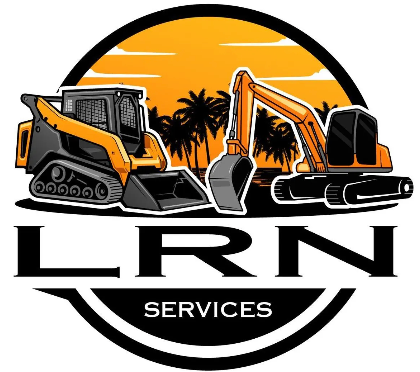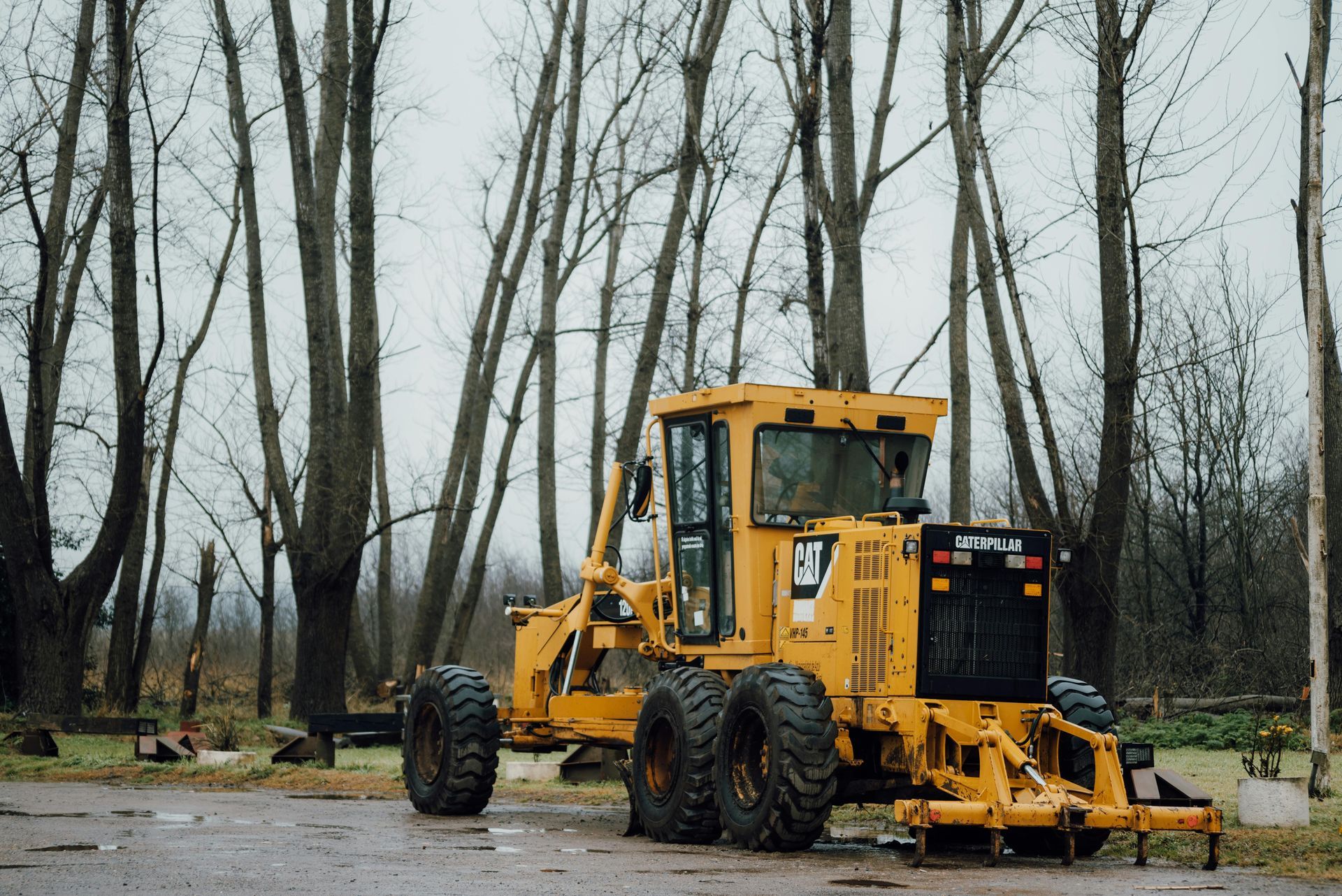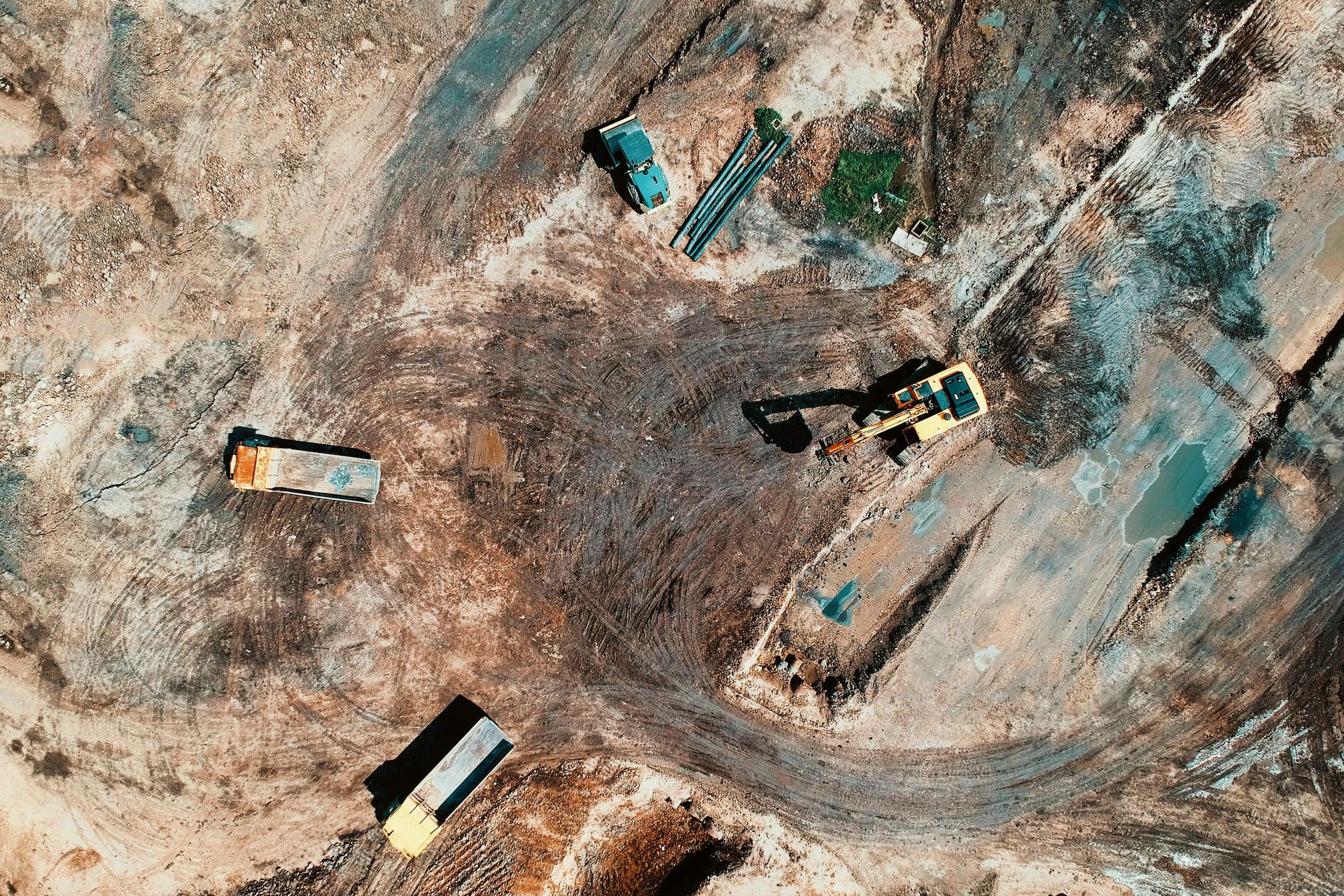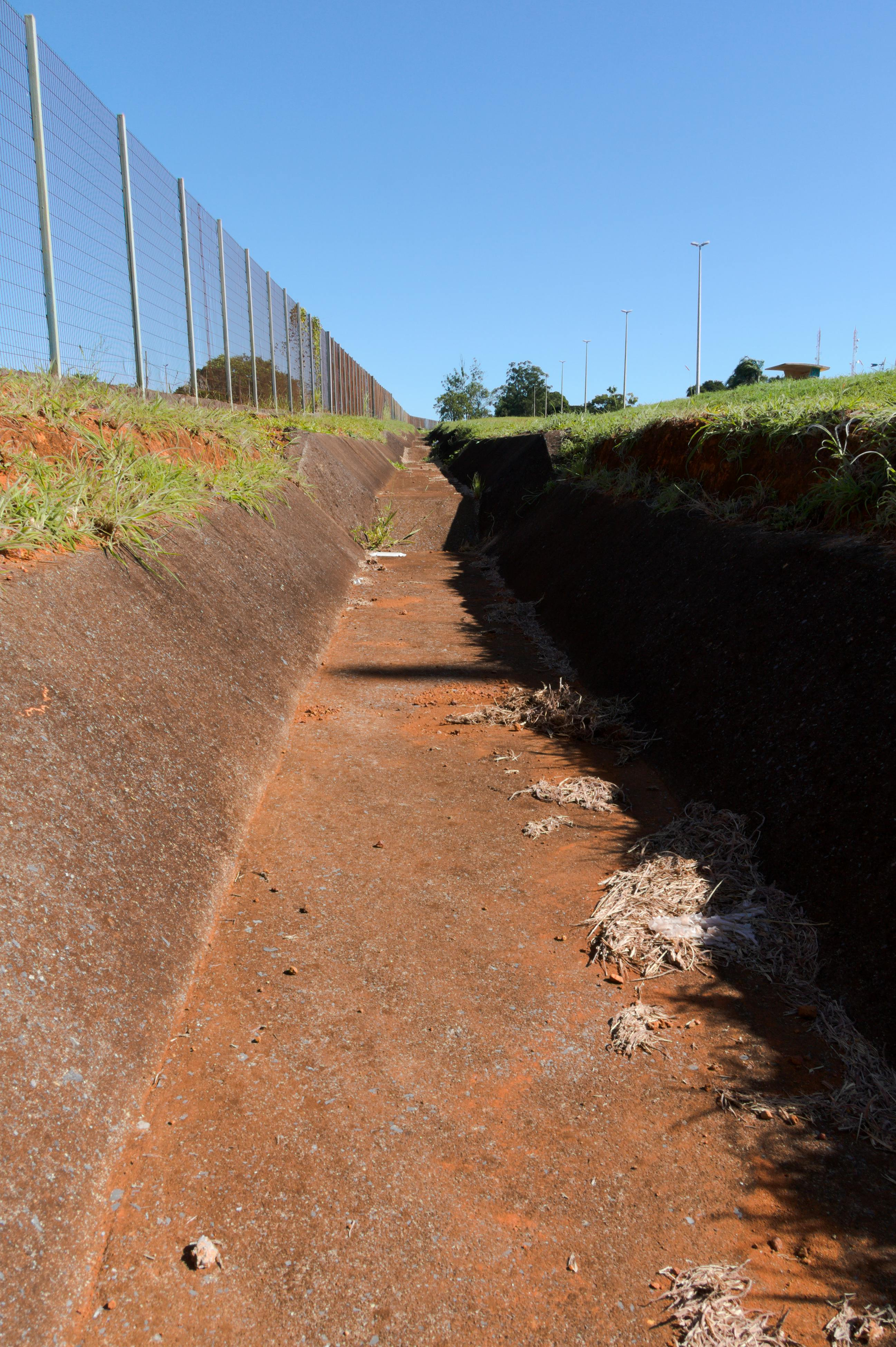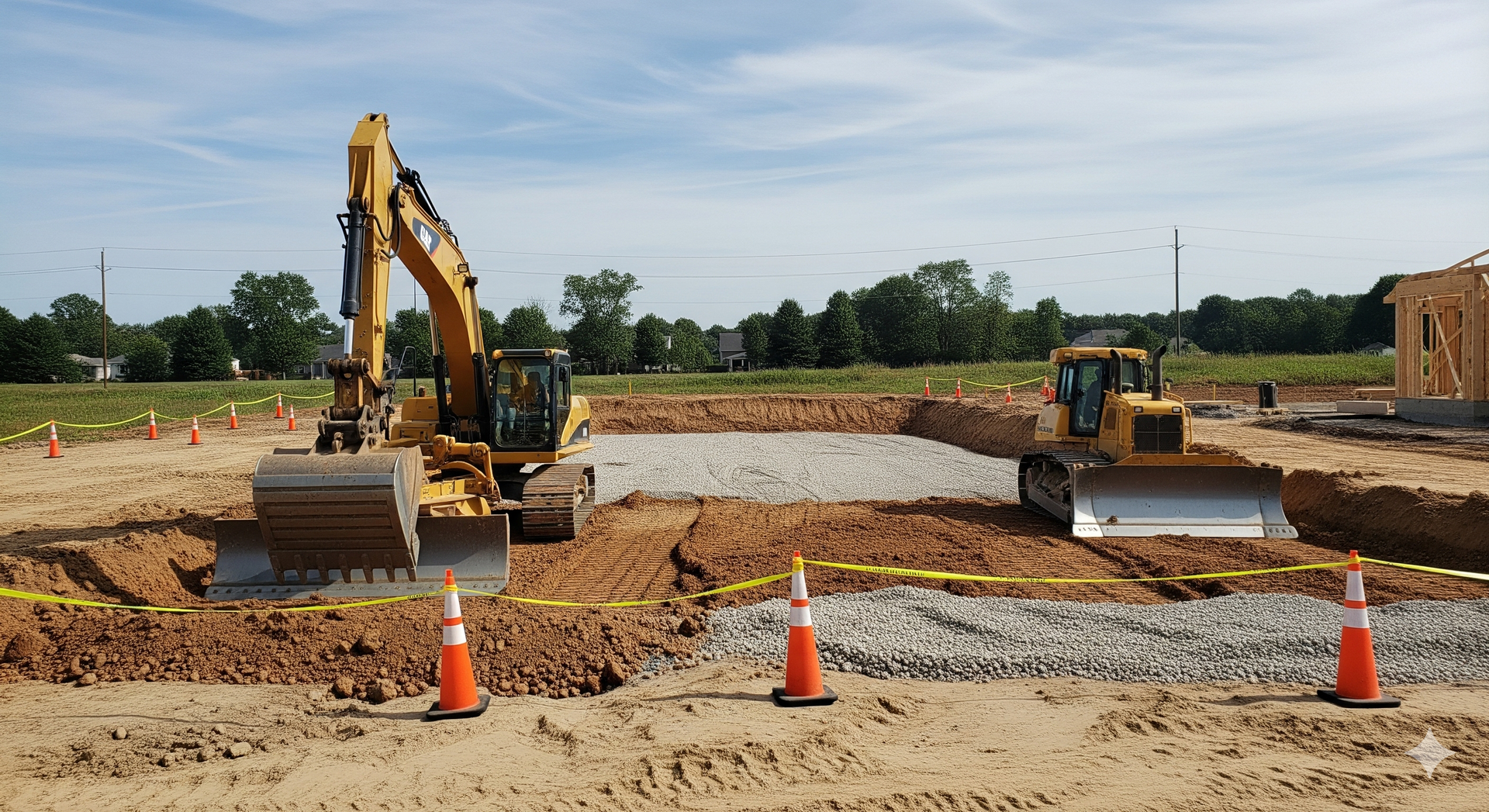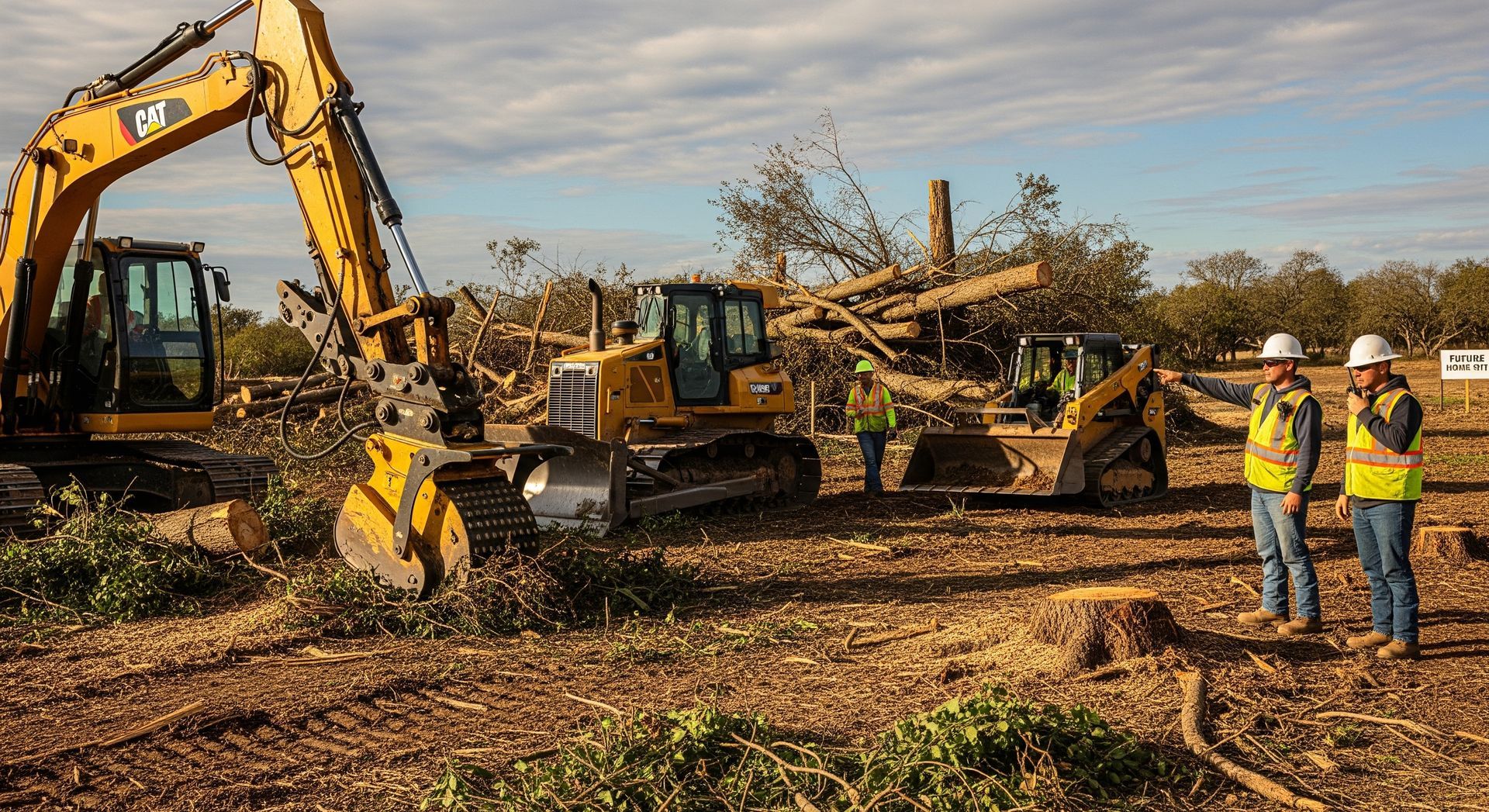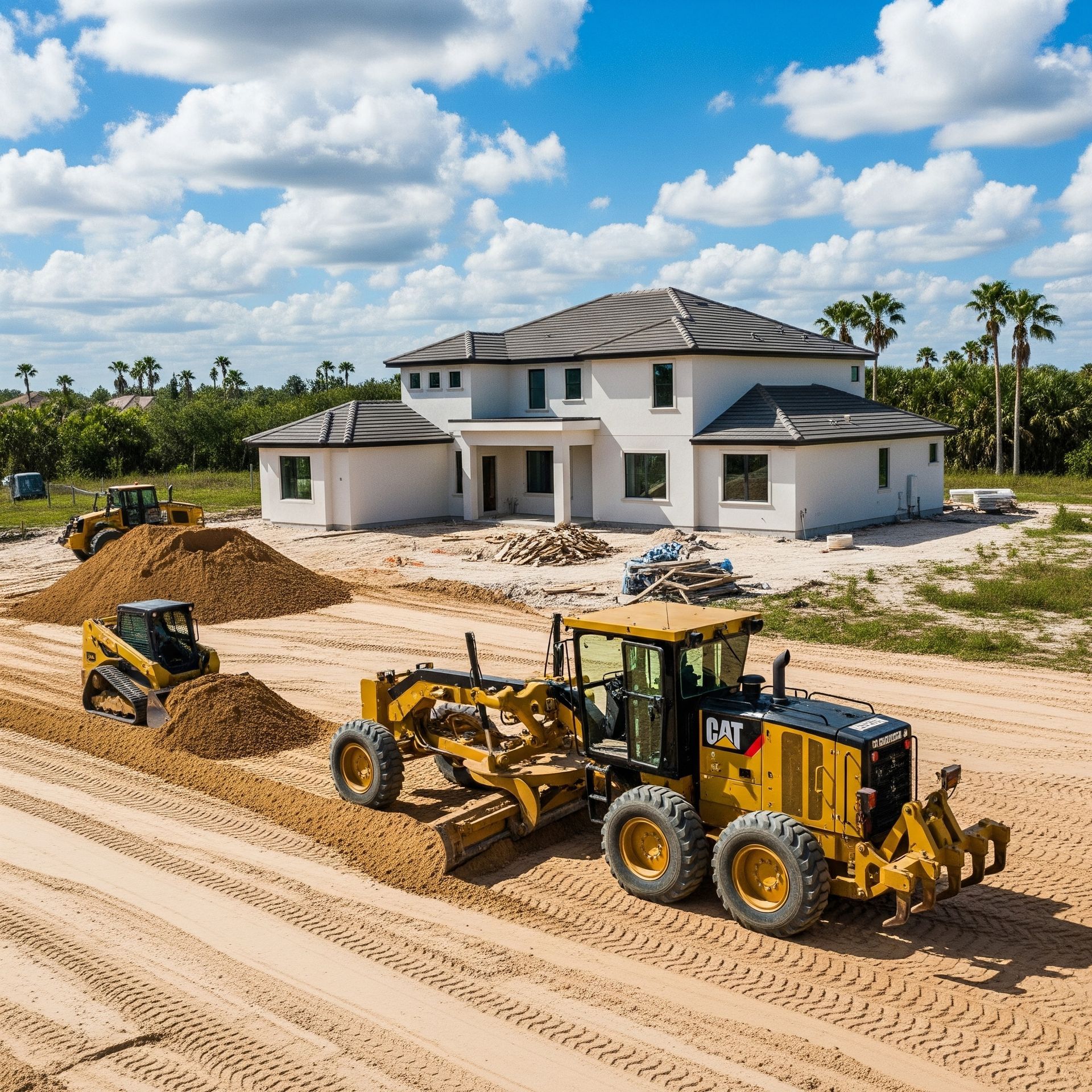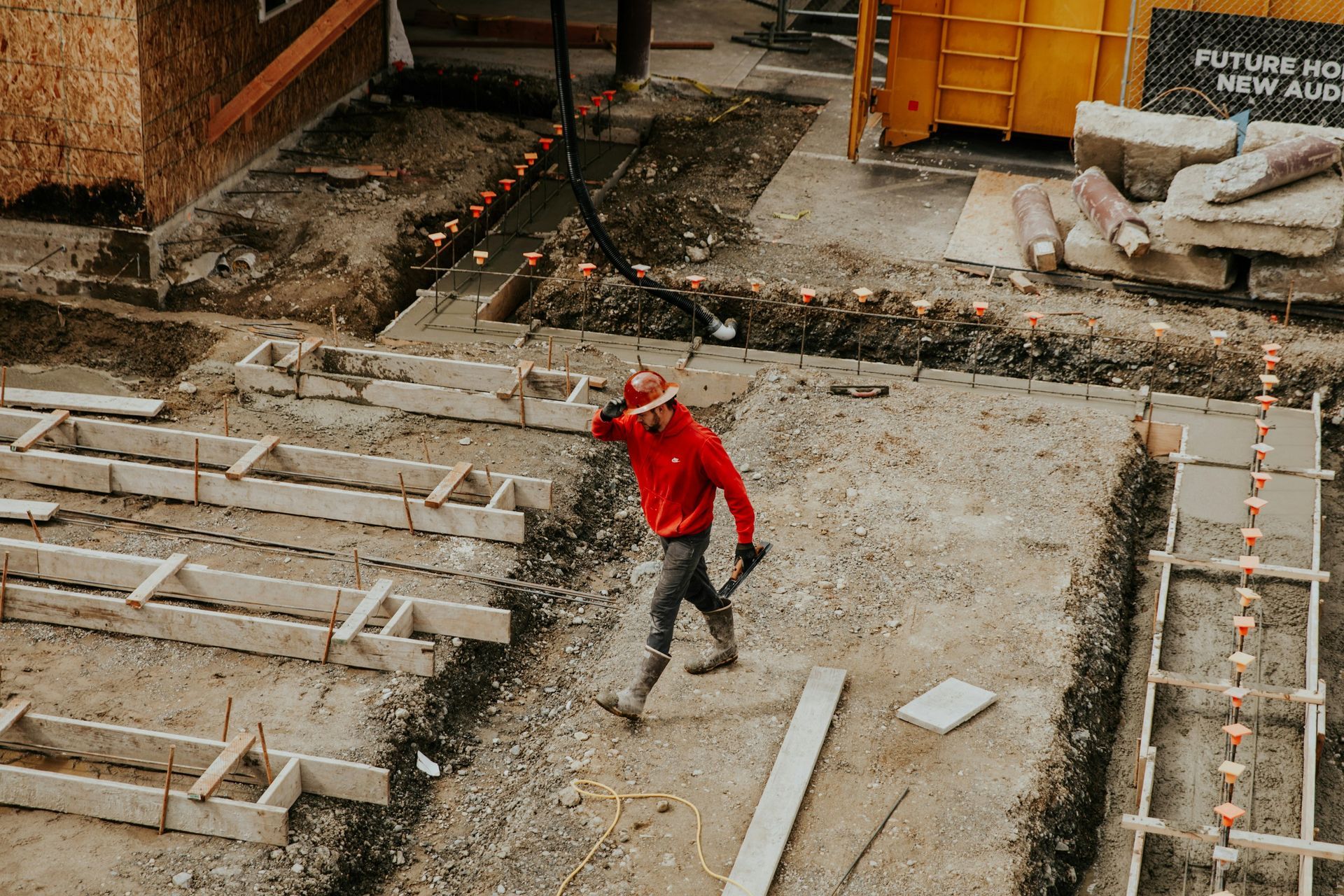The Environmental Benefits of Professional Land Clearing
Proper land clearing not only prepares land for agriculture, construction, or development, but it also supports ecosystem health, reduces the risk of natural disasters, and even helps conserve native species. Professional land clearing companies use methods that are more refined than traditional clearing techniques. These methods prioritize sustainability, soil preservation, and ecosystem balance. From managing invasive species to reducing wildfire hazards, professional land clearing services play a critical role in shaping healthier landscapes.
Whether you're a landowner, developer, or simply someone interested in environmental conservation, understanding the benefits of land clearing services can help shift your perspective. It’s not just about removing trees or brush. It's about transforming landscapes in a way that supports long-term sustainability.
Key Takeaways
- Promotes Healthy Ecosystems: Clearing invasive plants gives native species room to grow and thrive, restoring balance to the ecosystem.
- Reduces Wildfire Risks: Removing dead trees, brush, and overgrowth reduces the fuel available for wildfires, helping protect people and property.
- Improves Soil Health and Drainage: Professional methods reduce erosion and compaction, helping to preserve nutrient-rich topsoil and maintain natural drainage patterns.
- Supports Land Use Efficiency: Well-cleared land is more suitable for agriculture, reforestation, or renewable energy projects like solar farms.
- Preserves Biodiversity: Clearing land responsibly includes protecting habitats and planning around sensitive wildlife areas.
- Minimizes Human Impact: Professionals use low-impact machinery and eco-friendly practices to ensure minimal damage to the surrounding environment.
Understanding Professional Land Clearing
Land clearing refers to the removal of trees, shrubs, stumps, rocks, and other obstacles from a piece of land. While traditional land clearing methods often prioritize speed over sustainability, professional land clearing services focus on achieving a balance between progress and environmental responsibility.
Professional land clearing companies use advanced techniques such as selective clearing, mulching, and controlled burns (where permitted). These methods are designed to reduce environmental disruption while still preparing the land for its next phase of use. Moreover, professionals assess the land beforehand to determine the best approach for clearing based on soil type, vegetation, local wildlife, and water systems.
Promoting Native Plant Growth
One of the most overlooked environmental benefits of professional land clearing is its role in supporting native plant species. Over time, many areas become overrun by invasive species that outcompete native plants for sunlight, water, and nutrients. These invaders can choke out biodiversity and degrade the quality of the ecosystem.
Clearing out invasive plants gives native species a chance to return. Professionals can identify and selectively remove unwanted vegetation without harming the surrounding flora. In many cases, the cleared land is reseeded or replanted with native grasses, shrubs, or trees that help restore the natural balance of the area. In restored habitats, native plants thrive, pollinators return, and ecosystems begin to heal. This kind of intentional environmental management ensures that landscapes can flourish for generations to come.
Reducing the Risk of Wildfires
In fire-prone regions, land overgrown with brush, dry grass, or deadwood becomes a ticking time bomb. Wildfires often spread rapidly due to excessive fuel buildup on the ground. Professional land clearing reduces this risk by removing combustible material in a safe and strategic way.
One popular technique is forestry mulching, which grinds trees and underbrush into mulch that remains on the forest floor. This mulch not only decomposes naturally but also helps prevent erosion and maintains soil moisture. By reducing the fuel load, professional land clearing helps create defensible space around homes, businesses, and public lands, offering greater protection from uncontrolled fires. Additionally, clear firebreaks and buffer zones can be established to further prevent the spread of flames in the event of a wildfire. These proactive steps are vital for safeguarding communities and ecosystems alike.
Improving Soil Health and Preventing Erosion
Soil erosion is a major environmental problem that results from unplanned or careless land clearing. When topsoil is removed or compacted, it becomes difficult for vegetation to regrow. This leads to runoff, reduced fertility, and sedimentation in nearby waterways.
Professional land clearing minimizes these risks by using machinery that distributes weight evenly, reducing soil compaction. Mulching and selective clearing help maintain root systems and ground cover, both of which are crucial for holding soil in place. In some cases, erosion-control fabrics or temporary silt barriers are used to stabilize the area post-clearing. By preserving the integrity of the soil, professional land clearing helps promote regrowth and sustainable land use. Healthy soil is essential for everything from farming and forestry to stormwater management and carbon sequestration. Learn more about these basics in our blog for homeowners.
Enhancing Water Flow and Reducing Flood Risk
Improper drainage is a common issue in areas that are overgrown or poorly maintained. Over time, fallen trees, underbrush, and invasive species can block natural waterways, causing water to back up and flood. These obstructions can damage property and pollute freshwater resources with debris and sediment.
Professional land clearing addresses these problems by opening up water channels, restoring natural flow patterns, and improving stormwater management. This reduces the risk of local flooding and helps ensure clean water reaches nearby ecosystems. In agricultural settings, improved water drainage increases crop yields and reduces soil salinity. In urban or suburban areas, it decreases the chances of standing water, which can become a breeding ground for mosquitoes and other pests. In many cases, this involves careful trenching and culvert installation to manage water flow effectively.
Supporting Sustainable Land Use and Development
Whether you're developing residential housing, agricultural fields, or renewable energy infrastructure, sustainable land use is the goal. Clearing land professionally ensures that it’s done with long-term environmental health in mind.
Professionals assess and map out land to identify areas that should remain untouched or require special handling, such as wetlands, wildlife corridors, or steep slopes. By working within these natural constraints, development projects can proceed without causing irreversible environmental harm. Additionally, cleared land can be used for eco-friendly initiatives such as reforestation, carbon farming, or the installation of solar panels and wind turbines. In this way, land clearing becomes a tool for environmental progress rather than destruction.
Preserving Wildlife Habitats
A common misconception is that all land clearing disrupts wildlife habitats. In reality, professional land clearing involves thoughtful planning that protects key areas where animals live, breed, or migrate.
Environmental impact assessments often precede clearing projects, and experts may recommend clearing during certain times of the year to avoid nesting seasons. Buffer zones can be left intact to provide safe passages for wildlife, and some clearing projects even aim to enhance habitat by removing harmful vegetation. When done correctly, land clearing can actually create healthier habitats by encouraging biodiversity and eliminating threats posed by invasive species or disease-carrying plants.
Frequently Asked Questions
Isn't land clearing bad for the environment?
Not necessarily. While traditional, unregulated land clearing can be harmful, professional land clearing uses environmentally responsible techniques that promote ecosystem health, reduce wildfire risk, and improve land usability.
How does professional land clearing help with wildfire prevention?
It removes dry vegetation, dead trees, and brush that fuel wildfires. By reducing this fuel load, cleared land is less likely to catch and spread fire, protecting both natural and developed areas.
What happens to the vegetation that's cleared?
In many cases, vegetation is mulched and left on-site to decompose naturally. This mulch acts as a protective layer that enriches the soil, prevents erosion, and retains moisture.
Can land be cleared without harming wildlife?
Yes. Professionals conduct surveys and environmental assessments to identify sensitive habitats. They may clear only during specific seasons and leave buffer zones to ensure minimal disturbance to local wildlife.
Is land clearing the same as deforestation?
No. Deforestation refers to the permanent removal of forests without plans for replanting or restoration. Professional land clearing often includes replanting efforts and is conducted with long-term land health in mind.
Final Thoughts
Professional land clearing has come a long way from its destructive past. Today, it represents a responsible and strategic approach to land management. By focusing on sustainability, professionals help restore native ecosystems, reduce wildfire threats, protect soil health, and enable better water management.
Whether you're clearing land for a new home, agricultural use, or conservation project, hiring a professional makes all the difference. You can view examples of completed projects in
our photo gallery to see the impact of thoughtful land clearing. It’s not just about clearing space. It’s about doing it in a way that supports the environment, respects wildlife, and prepares the land for safe, productive, and sustainable use. If you're ready to take the next step,
get in touch with our team to discuss your project and explore the best approach for your property.
